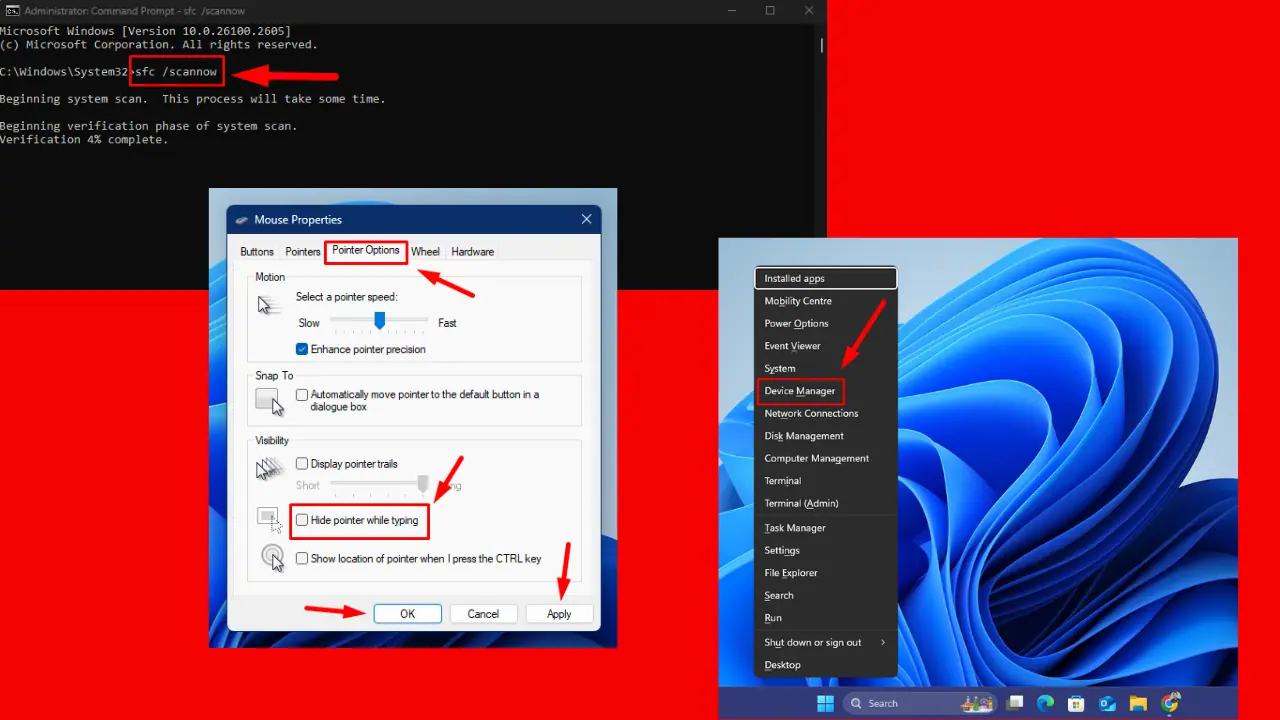Microsoft officially announce their Beacon-less Indoor Navigation app
3 min. read
Published on
Read our disclosure page to find out how can you help MSPoweruser sustain the editorial team Read more

In May we wrote about a new indoor navigation app created by Microsoft Research, and today Microsoft officially announced the project on their blog.
They note the app solve a number of problems with current indoor navigation solutions, not requiring expensive beacons, GPS reception, existing indoor maps, sensors not already available on smartphones or unreliable WIFI positional mapping.
Their solution relies on how building distorts the earth’s magnetic field, which is apparently stable and reliable, and does not require pre-made maps.
Once a user goes to an indoor location using the app to record sensor data along a path, any other user can follow that path and get there. As more users collect data, different paths can be combined that make the system even more useful. This approach has two main benefits: First, the system is completely plug-and-play. Any two users in any building can use indoor navigation from scratch. Second, by combining data from multiple users, we can amplify the benefits of every single collected path, providing more navigation opportunities to more people with improved user experience.
Users of Path Guide can also record a trace and follow it backwards to its starting point. For instance, in an unfamiliar garage, you can record a trace from your parking spot to the elevator, and later follow it in reverse to find your car.
Another Path Guide feature is its support of annotations during trace recording. Text, audio, and photos can be added along a path, providing more information and interactivity.
Moreover, all traces that are uploaded to the cloud can be viewed from a web browser and shared with others using a unique trace ID. This way, shop owners can post wayfinding instructions on their own websites, and meeting coordinators can attach a route to an email meeting request.
The app also has commercial uses for shop owners for example to show users the way to their store in a busy mall.
To use the app users simply need to:
- User records sensory data with his/her device during a given indoor walk. The location-specific geomagnetic features extracted from the sensory data are combined with the user’s walking patterns (e.g., steps, turns, going upstairs/downstairs) to build a reference trace.
- Reference trace is pushed to the cloud and can be searched by others for navigation.
- Once downloaded a reference trace, Path Guide compares and synchronises current sensor readings with the reference trace, and guides the user, in real time, from the same starting location to the final destination.
Read more about the technology at Microsoft here.
The app is only available for Android and can be found in the Play Store here or directly downloaded from Microsoft’s website here.













User forum
0 messages